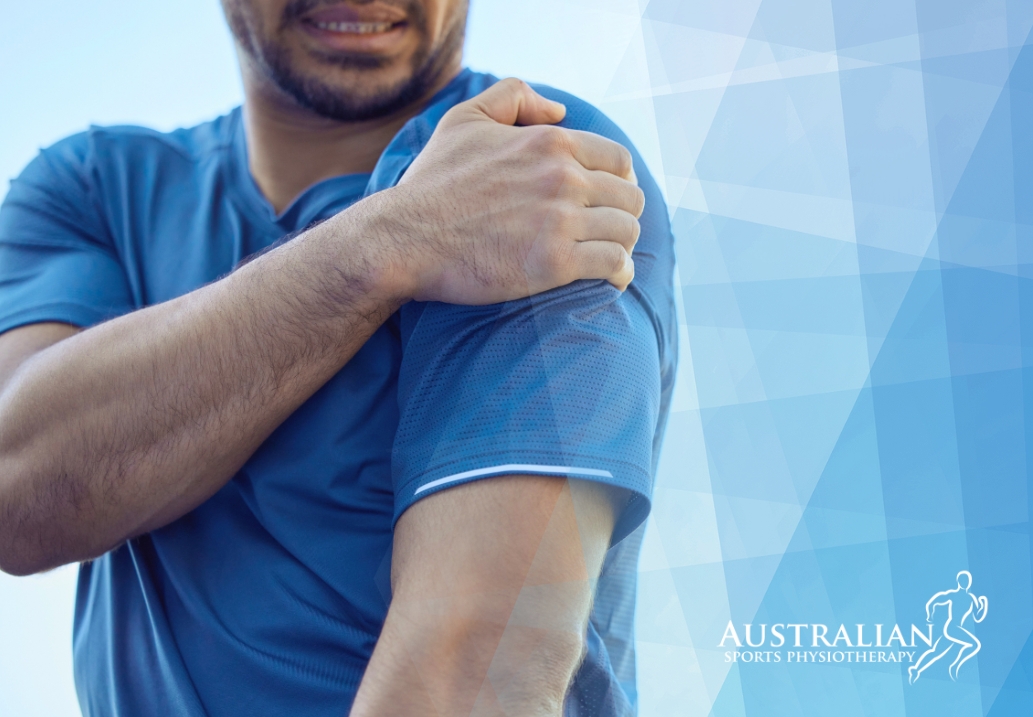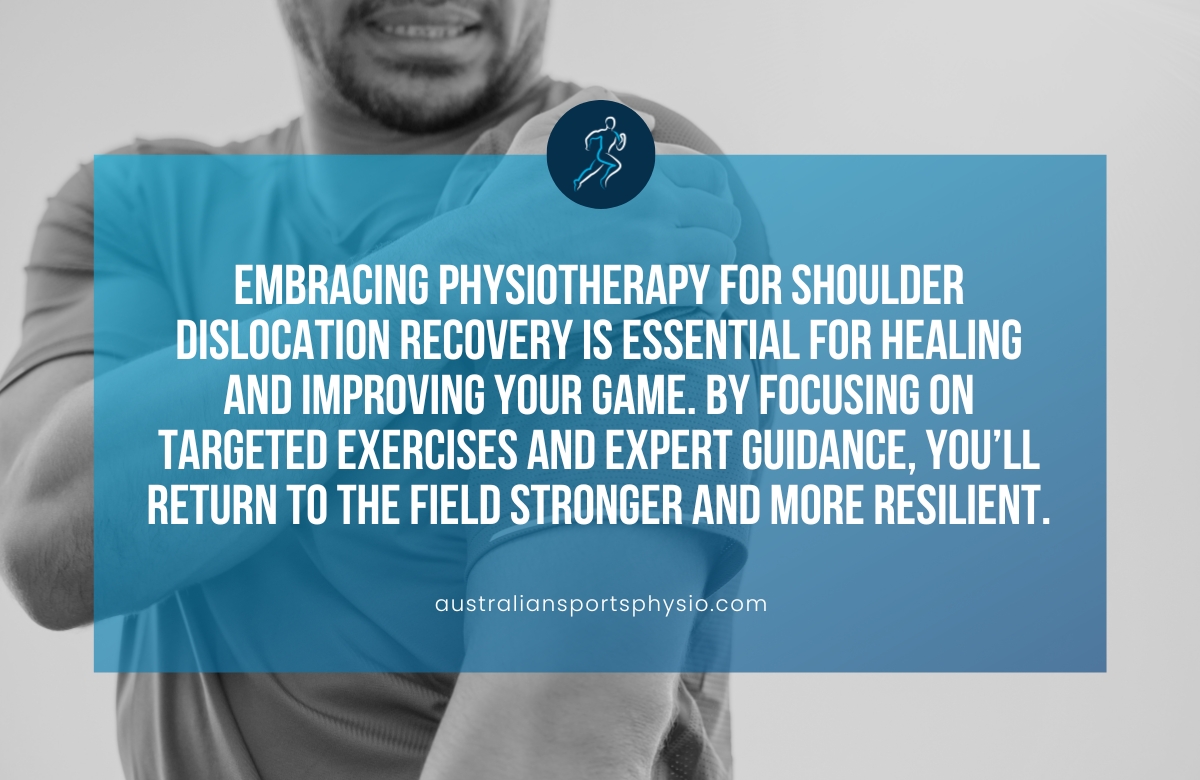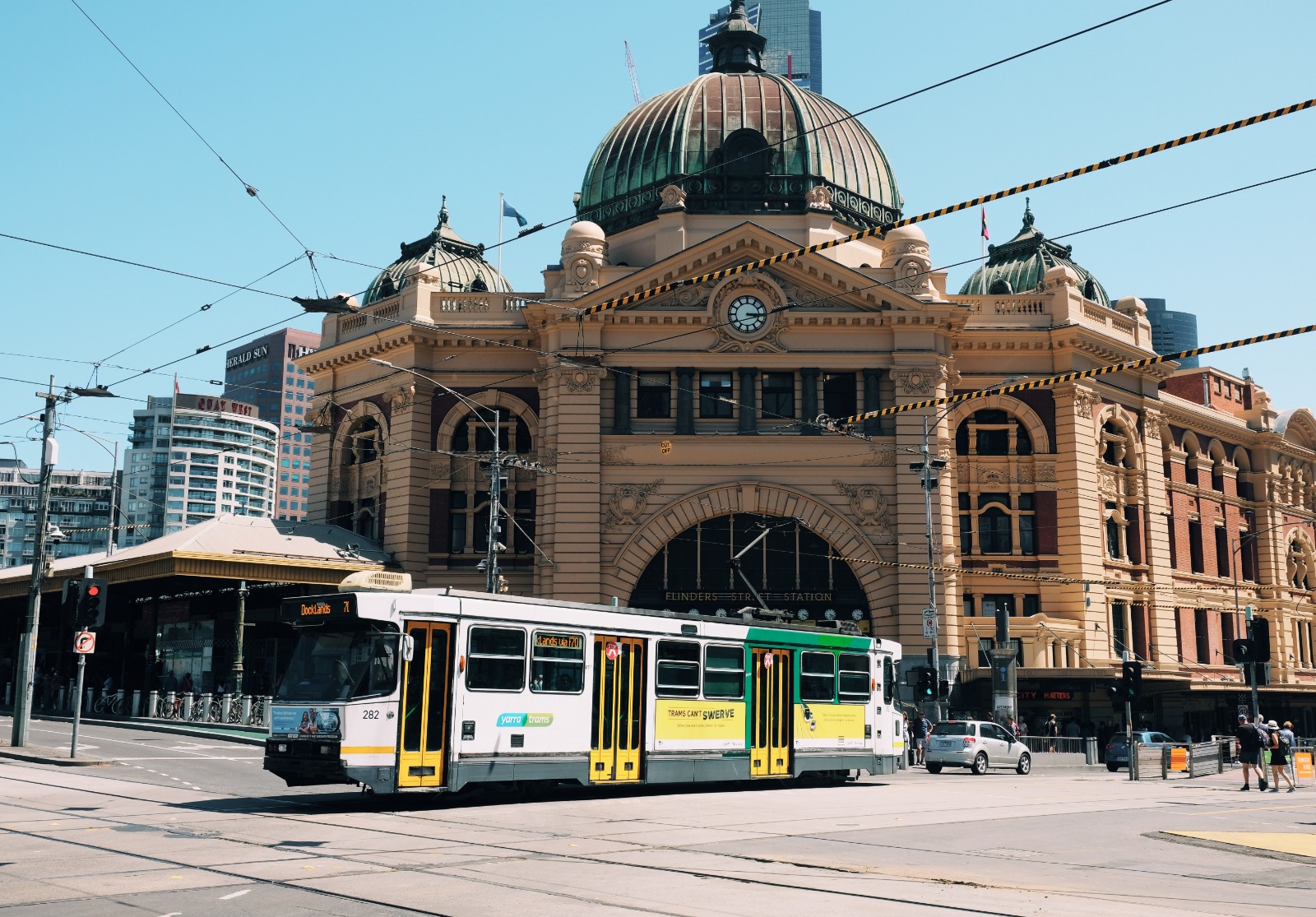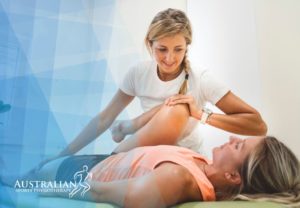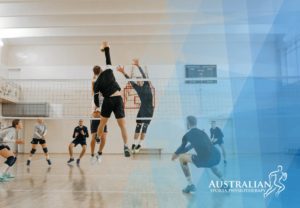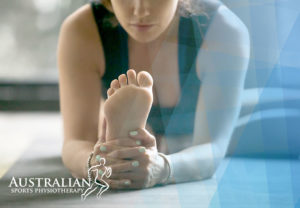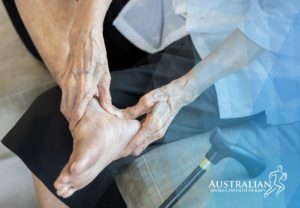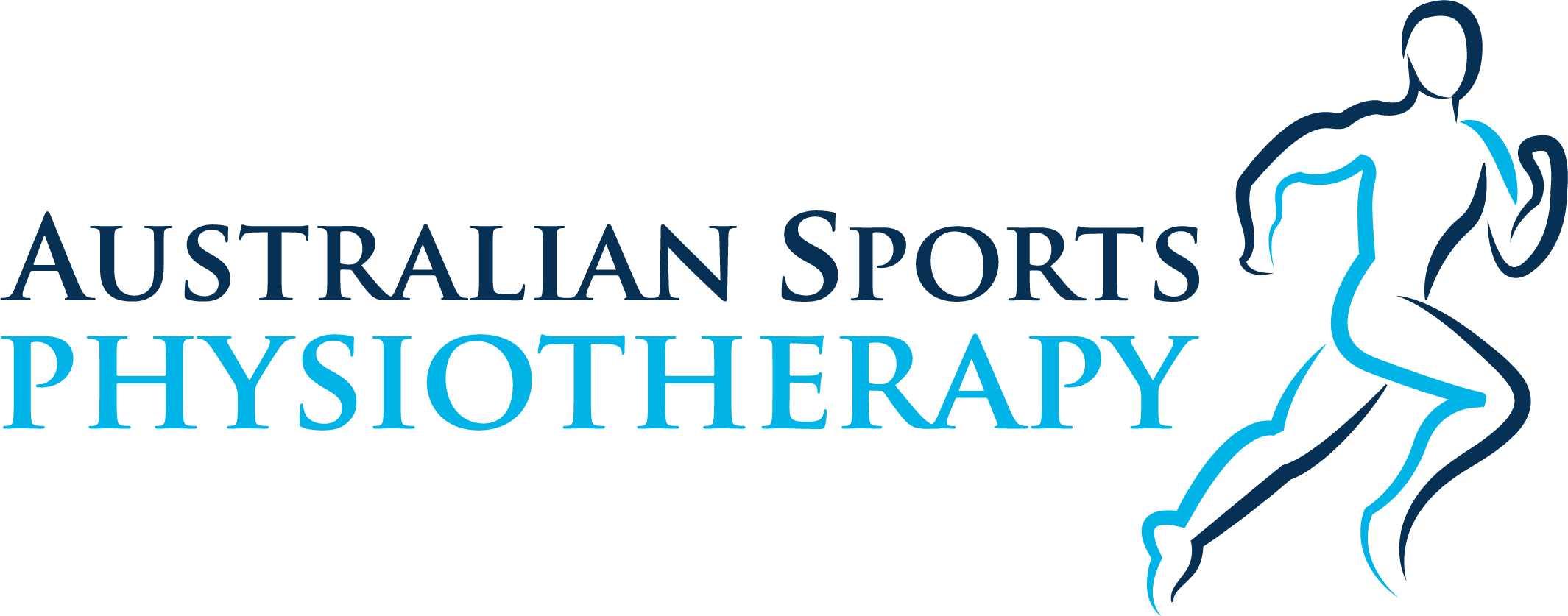Have you ever watched in horror as a football player goes down, clutching their shoulder, knowing just how critical proper recovery and prevention are to return to the game? It’s a reality that many athletes face, leading to the dreaded shoulder dislocation.
In the fast-paced world of football, the shoulder is an often overlooked yet vital joint that endures immense pressure, whether it’s during tackles, throws, or falls. The statistics are unsettling: shoulder dislocations are among the most common injuries in football, and a hasty recovery can lead to long-term complications. Understanding how to navigate the recovery process effectively is essential not just for immediate relief but for ensuring that players can get back in the game stronger than ever.
Physiotherapy plays a crucial role in both recovery from shoulder dislocations and the prevention of future injuries. With targeted rehabilitation strategies and injury prevention techniques, athletes can minimise downtime and bolster their performance.
What is a dislocated shoulder?
A shoulder dislocation is an injury where the head of the humerus (upper arm bone) is forced out of its socket in the shoulder blade.
Shoulder dislocation is usually accompanied by other problems, such as tears of the ligaments or labrum within the shoulder joint.
Types of shoulder dislocation
Shoulder dislocations are classified based on the direction the humerus (upper arm bone) moves out of the glenoid (shoulder socket):
- Anterior dislocation: The most common type, where the humerus moves forward and out of the socket.
- Posterior dislocation: The humerus moves backwards and out of the shoulder socket.
- Inferior dislocation: The rarest type, where the humerus moves downward and out of the shoulder socket.
Common causes of a dislocated shoulder
- Trauma: Falls, sports injuries, contact sports or car accidents can generate enough force to dislocate the shoulder.
- Overuse: Repetitive motions or previous dislocations can weaken the shoulder joint, making it more prone to future dislocations.
Common symptoms of a dislocated shoulder
- Severe pain: The intense pain is usually immediate, and it may be difficult to move your arm at all.
- Deformity: Your shoulder may look visibly out of place or have an unusual shape.
- Swelling and bruising: The area around your shoulder may swell and bruise.
- Numbness or tingling: You may experience numbness or tingling in your arm or hand.
- Muscle spasms: The muscles around your shoulder may spasm, which can make the pain worse.
- Inability to move your arm: You may not be able to move your arm at all, or you may only be able to move it with great difficulty.
A dislocated shoulder can be very painful, and it is important to get it treated as soon as possible to avoid further injury.
Physiotherapy treatment for football players recovering from a shoulder dislocation
Recovery from anterior dislocations is usually predictable. The intricacy of posterior and inferior dislocations may necessitate more specialised rehabilitation.
1. Phase 1: Immobilisation and pain management
- Rest: The shoulder joint is immobilised in a sling for several weeks to allow the joint to heal.
- Pain relief: Ice, compression, and elevation (RICE) are used to manage pain and swelling.
- Gentle exercises: Isometric exercises (muscle contractions without movement) are introduced to maintain some muscle activity.
2. Phase 2: Restoring range of motion
- Progressive exercises: Gentle range of motion exercises are gradually introduced to improve flexibility and reduce stiffness.
- Manual therapy: A physiotherapist may use hands-on techniques to mobilise the joint and surrounding tissues.
3. Phase 3: Strengthening and stability
- Resistance exercises: Exercises with resistance bands or light weights are used to strengthen the muscles around the shoulder joint, particularly the rotator cuff.
- Proprioceptive exercises: Exercises that challenge balance and coordination are introduced to improve joint stability and prevent future dislocations.
4. Phase 4: Return to play
- Functional exercises: Sport-specific exercises are gradually introduced to prepare the player for the demands of football.
- Progressive overload: The intensity and complexity of exercises are gradually increased as the player’s shoulder recovers.
Shoulder dislocation prevention for football players
- Strength training: Focus on strengthening the muscles around the shoulder, including the rotator cuff, deltoids, and scapular stabilisers.
- Proper technique: Learn and practice proper tackling, blocking, and falling techniques to minimise the risk of shoulder injuries.
- Warm-up and flexibility: Dynamic stretching and warm-up exercises prepare the muscles and joints for activity.
- Protective gear: Shoulder pads can help absorb and distribute impact forces, reducing the risk of dislocations.
- Bracing/ Taping: If you have a history of shoulder instability, a brace or shoulder taping might be recommended for additional support during play.
- Conditioning: Overall physical fitness and conditioning can help improve muscle strength and coordination, reducing the risk of injury.
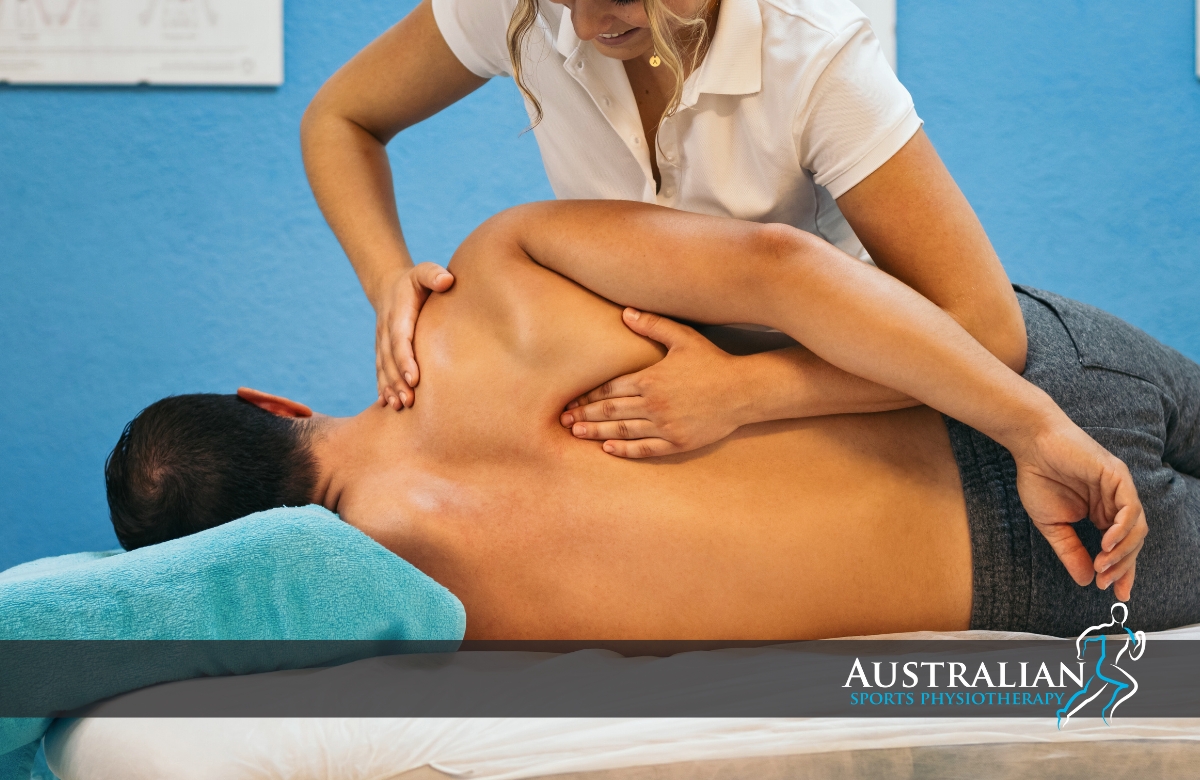
Final thoughts
Embracing physiotherapy for shoulder dislocation recovery is essential for healing and improving your game. By focusing on targeted exercises and expert guidance, you’ll return to the field stronger and more resilient.
Remember, a well-prepared athlete is unstoppable! So, stay dedicated and don’t let anything impede your potential on the pitch!
Book an appointment with one of our experienced physiologists today for a comprehensive assessment and customised treatment plan.
